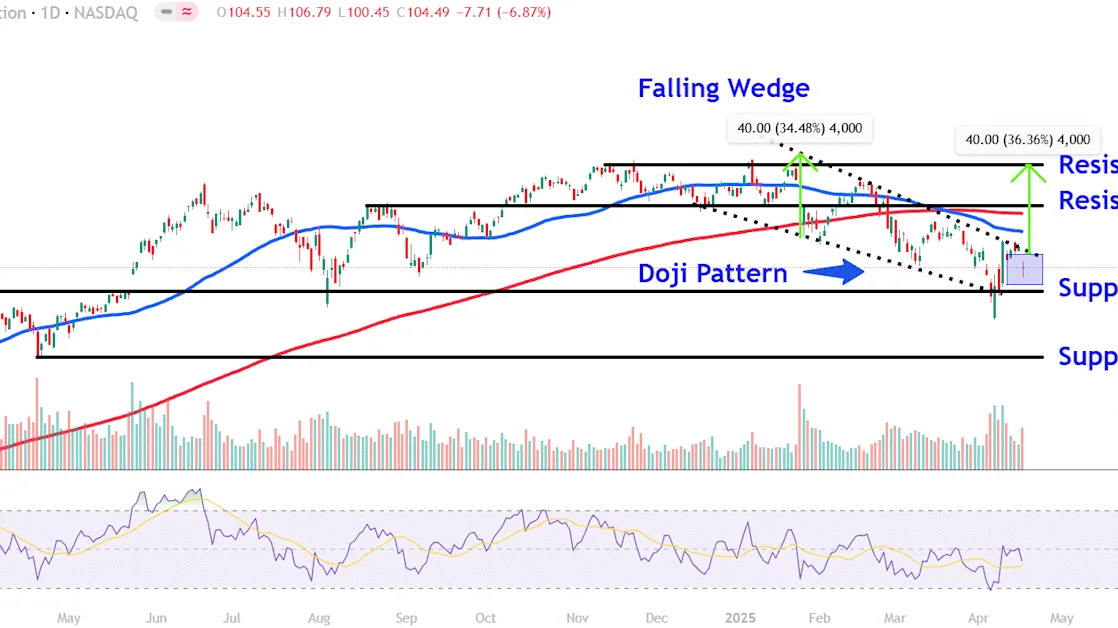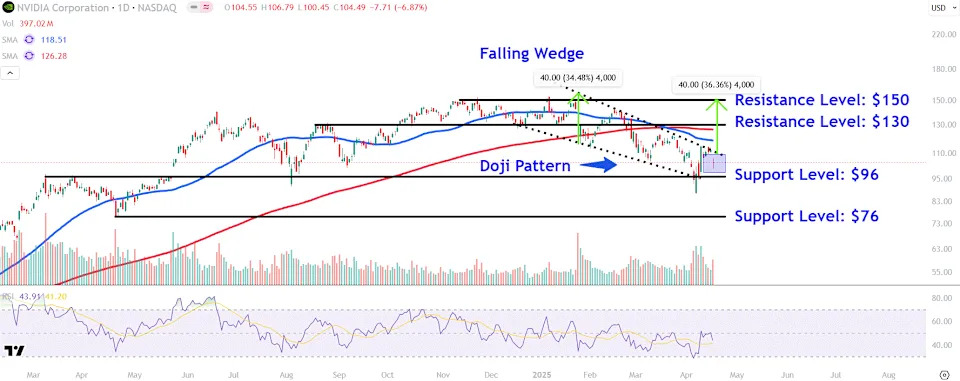
Watch These Nvidia Stock Price Levels as Chip Export Curb Set to Hit Earnings

Key Takeaways
Nvidia ( NVDA ) shares tumbled nearly 7% Wednesday after the company said it’s set to take a $5.5 billion charge as a result of U.S. restrictions on exports of its AI chips to China.
The company said via a regulatory filing that it would be required to have an export license to sell its popular H20 chips to China amid concerns they could be used by Beijing to build a supercomputer . The development caught market watchers off guard, given Nvidia designed the H20 graphics processing units (GPUs) to comply with Biden-era chip export curbs on advanced chips the former administration thought could be used by foreign adversaries.
Nvidia shares have staged a modest recovery above this month’s low but have lost about a firth of their value since the start of the year as of Wednesday’s close amid uncertainty over Washington's trade policies and big tech AI spending .
Below, we take a closer look at Nvidia’s chart and apply technical analysis to point out key price levels worth watching out for.
Doji Candlestick Pattern Indicates Indecision
After attracting buying interest near the lower trendline of a falling wedge pattern last week, Nvidia shares rallied sharply before running into selling pressure near the pattern’s top trendline.
It’s worth noting that although the stock fell sharply in Wednesday’s trading session, the price formed a doji , a candlestick pattern suggesting indecision between buyers and sellers.
Let’s identify key support and resistance levels on Nvidia’s chart that investors may be monitoring.
Key Support Levels to Watch
Nvidia shares fell 6.9% to close Wednesday's session at $104.49.
Further selling in the stock could initially see the price revisit support around $96. This area may attract buyers near last year’s prominent March twin peaks , a location on the chart also situated just above this month’s tariff-driven low.
The bulls’ failure to defend the April low could trigger a larger drop to the $76 level. Investors may look for buy-and-hold entry points in this region near last April’s notable swing low .